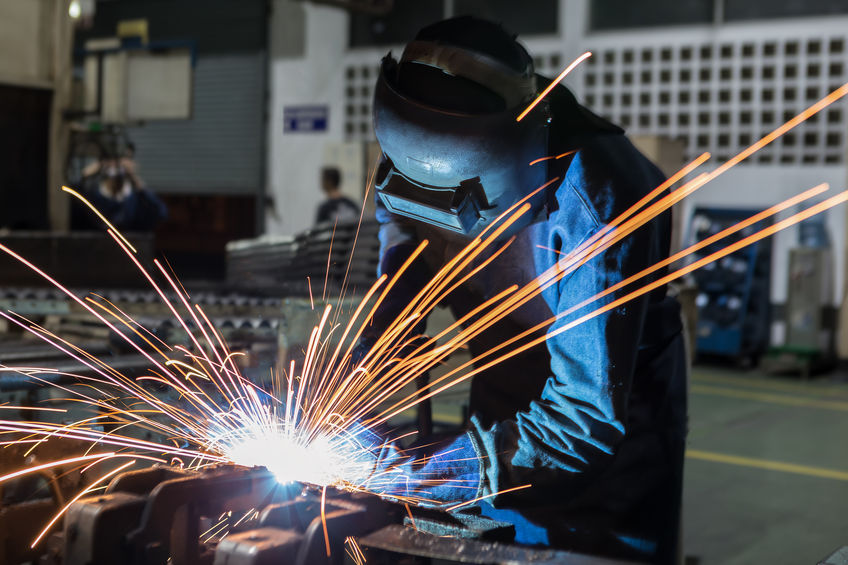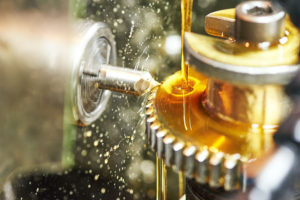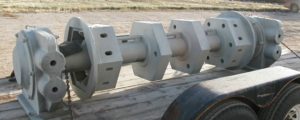 Sometimes, it’s fun to take a step back and think about the big picture of your career. That’s something that happened to us recently when this question was posed in one of the trade journals that we read: “Is welding an art form, a scientific process, or both?”
Sometimes, it’s fun to take a step back and think about the big picture of your career. That’s something that happened to us recently when this question was posed in one of the trade journals that we read: “Is welding an art form, a scientific process, or both?”
It’s likely that some of you can relate to this question. After years of training and then even more years learning about the finer points while on the job, it’s possible to get more reflective about what you consider your work. The certifications and additional training that also take place back in the classroom environment — virtual or otherwise — also reinforces this idea.
The argument for art
The catalyst for all of this deep thought was a magazine called The Welder. As part of it, one of its writers, a senior company trainer named Jim Mosman, answered a question from a reader with a specific background.
This person was aspiring to make metal art, so that is why he or she learned to weld. While on the job, the reader was told that welding wasn’t art, but was instead a scientific process with parameters that need to be followed.
Mosman started his answer with a true enough statement: “This debate probably has been going on since welding began.” He then showed both sides of the argument, starting with the art side of the coin. He wrote that he’s known many professional welders who have crafted beads that he considered works of art.
“These are the skilled craftsmen and -women that have perfected this profession,” Mosman continued. “I have also seen beautiful metal art sculptures that are held together with questionable welds. These were created by artists, not necessarily welders.”
He goes on to write that metal sculpture artists use welding as a creation tool, just like a photographer uses a camera or a fine artist uses a paintbrush. It’s all meant to bring a certain idea to life.
Or, is it actually science only?
Next, Mosman covers the science side, stating that welding definitely uses defined and proven processes.
“This process has been designed and tested so a qualified welding technician can create a quality product that will pass inspection,” Mosman writes. “As an inspector, I have always looked at the process first before I look at the weld. I have seen weld beads that looked good but were defective because the procedure was not followed.”
At the same time, Mosman clearly believes that it’s not just a process any robot can do. He writes that one of his first memories from welding schools is when a mentor told him that every weld he makes is his signature.
So, how did Mosman solve the debate? He mixed the two ideas in a way that gave a completely different answer, satisfying both elements of this complex work.
“In conclusion, I will say that welding is a process,” he writes. “And when that process is followed, by the sculpture artist, a pipeline welder, or a custom motorcycle builder, the resulting product may even be worthy of artistic consideration. I believe the saying goes, every good welder can be an artist, but every good artist can’t be a welder.”
We can go with that, too! The combination of craft and process can go a long way to making quality creations of any kind. Craftco is able to apply its own sense of craft to projects small or gargantuan, including customized pieces as needed. Learn more about what we do at our website.






